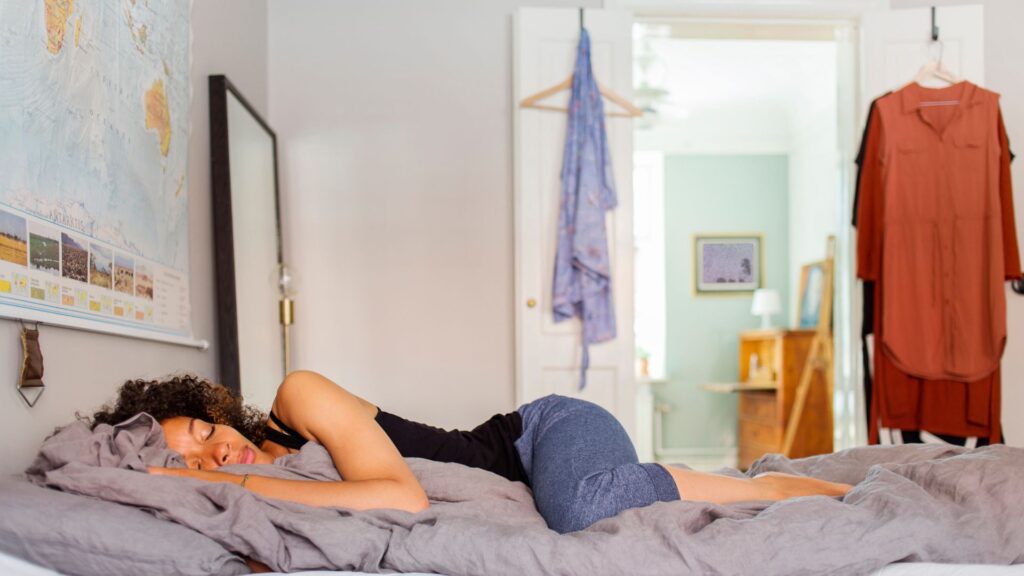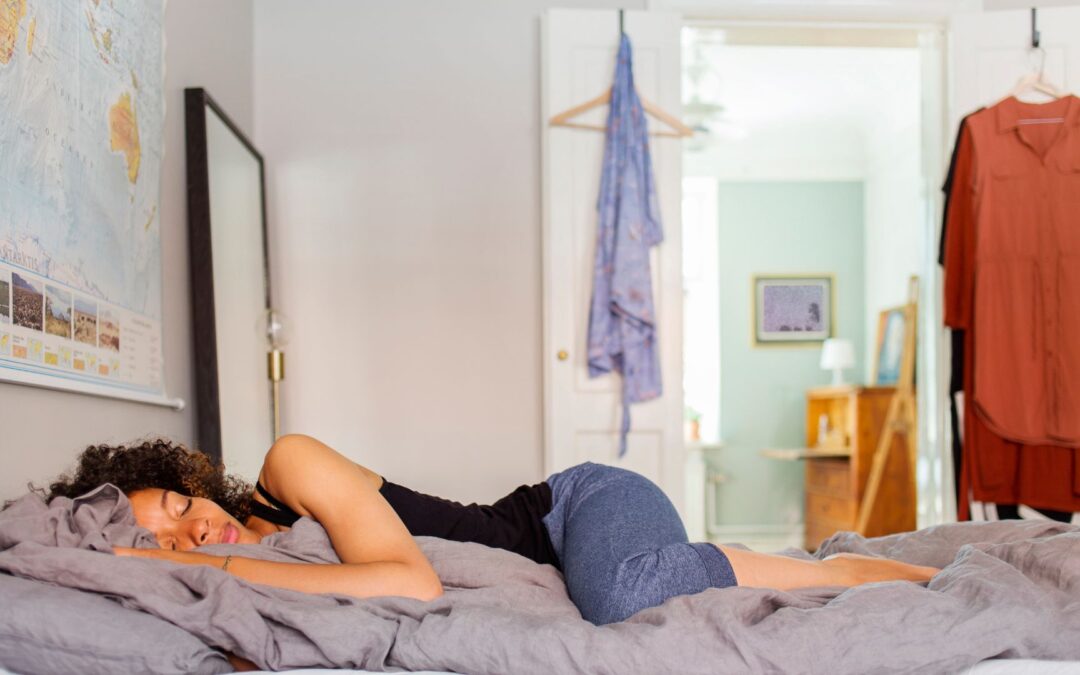
Before your My First Visit, one of the most common questions patients ask is: “What is the best sleeping position for back and neck health?” Since we spend nearly a third of our lives sleeping, posture at night can directly impact spinal alignment, pain levels, and overall recovery.
Why Sleeping Position Matters
The spine is designed with natural curves in the cervical (neck), thoracic (mid-back), and lumbar (lower back) regions. Poor sleep posture can:
- Strain muscles and ligaments
- Flatten or exaggerate natural curves
- Compress nerves, leading to numbness or tingling
- Cause morning stiffness and headaches
Maintaining neutral alignment during sleep helps reduce stress on spinal tissues, allowing for better rest and healing.
Best Positions for Spinal Health
1. On Your Back (Supine Position)
Sleeping on your back with a supportive pillow under the neck and a small pillow beneath the knees is often considered the healthiest choice. Benefits include:
- Even weight distribution
- Natural curve support for the lower back
- Reduced risk of neck stiffness
2. On Your Side (Lateral Position)
Side sleeping is another excellent option, especially with a pillow between the knees. This position:
- Prevents hip and lumbar twisting
- Keeps shoulders aligned
- Reduces snoring and may help sleep apnea
Tip: Switch sides during the night to avoid uneven muscle strain.
3. Fetal Position (Modified Side)
Curling up slightly can relieve pressure from a herniated disc or sciatica. Just avoid tucking too tightly, which could restrict deep breathing.
Positions to Limit or Avoid
- Stomach Sleeping (Prone Position): This places strain on the neck (due to twisting) and compresses the lower back. While some people find it comfortable, it is the least supportive posture for spinal health.
- If you must sleep on your stomach, place a thin pillow under your pelvis to reduce lumbar pressure.
Pillows and Mattress Tips
- Pillows: Choose one that supports the natural curve of your neck. Memory foam or cervical pillows can help.
- Knee Support: A pillow between or beneath the knees keeps the spine aligned.
- Mattress: Medium-firm options often provide the best balance of support and comfort. Too soft may cause sinking; too hard may create pressure points.
Clinical Insight: How Chiropractors Help
Even the best sleeping position cannot fully compensate for misalignments or chronic issues. Chiropractors evaluate posture, spinal curves, and muscle tension to design care plans that complement healthy sleep habits. Adjustments and lifestyle guidance can:
- Improve mobility in stiff joints
- Reduce night-time discomfort
- Support faster healing from injuries

Final Thoughts
Finding the right sleeping position is not one-size-fits-all — it depends on your spine, health history, and comfort. A chiropractor can help tailor strategies so you wake up pain-free and refreshed.
Ready to improve your nightly recovery? Schedule today through Contact or Visit.
